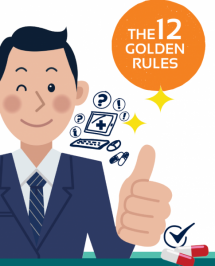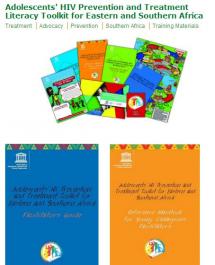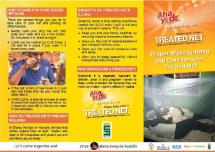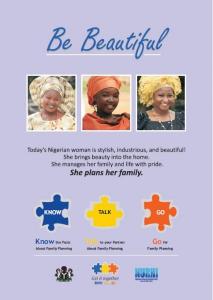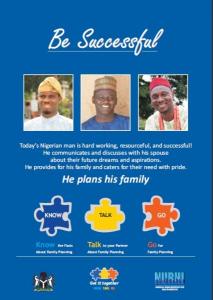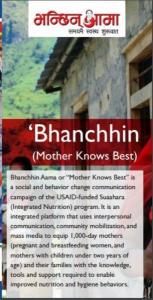Pocket Booklet: Champions, Change Agents, and Positive Male Role Models
This booklet serves as a one-stop resource for all key facts and messages on all the topics covered in the Facilitator’s Guide for Community Dialogue.
HIV Champions, Change Agents, and Positive MRMs are not expected to memorize all information related to HIV prevention, testing, or treatment. Instead, they are encouraged to take this booklet with them when they do their community meetings and provide advocacy as a reference to pass standard but high-level messages. Some illustrations and pictures are included for simplicity. All cultural communications cadres are encouraged to use this Pocket Booklet during meetings, advocacy activities, and any HIV-related conversations in the community.
Source: USAID
Date of Publication: April 18, 2019
SIMILIAR RESOURCES
Tools
Examples
- Joint WHO/ILO Guidelines on Post-Exposure Prophylaxis (PEP) to Prevent HIV Infection
- Guidance for the Prevention of Sexually Transmitted HIV Infections
- Treatment 2015
- Driving the HIV response: Community Guide to the WHO 2013 Consolidated Guidelines on the Use of Antiretroviral Drugs for Treating and Preventing HIV Infection
- Consolidated Guidelines on the Use of Antiretroviral Drugs for Treating and Preventing HIV Infection
- Guidelines for the Use of Antiretroviral Agents in HIV-1-Infected Adults and Adolescents
- Toolkit for Transition of Care and Other Services for Adolescents Living with HIV
- Adolescents Living with HIV (ALHIV) Toolkit
- Antiretroviral Therapy for HIV Infection in Infants and Children: Recommendations for a Public Health Approach
- Optimizing Entry Into and Retention in HIV Care and ART Adherence for PLWHA
- Community HIV Prevention Dialogue Guide for Change Agents
- Zambia Community HIV Prevention Training Manual - Adult Priority Populations
- Zambia Community HIV Prevention Training Manual - Adolescents and Young Women and Their Sexual Partners
- Zambia Community HIV Prevention Training - Participants Handbook for Adolescents and Young Women and Their Sexual Partners
- Zambia Community HIV Prevention Participants Handbook for Adult Priority Populations



